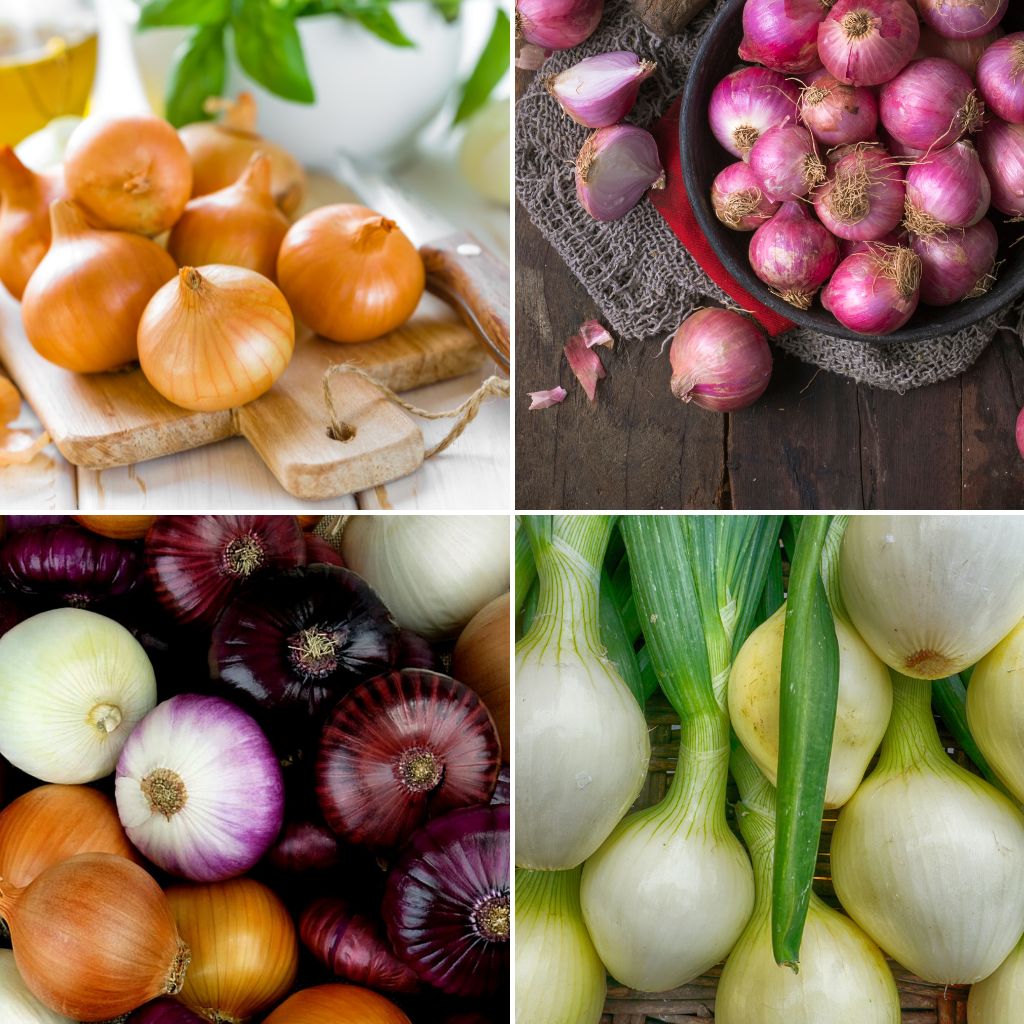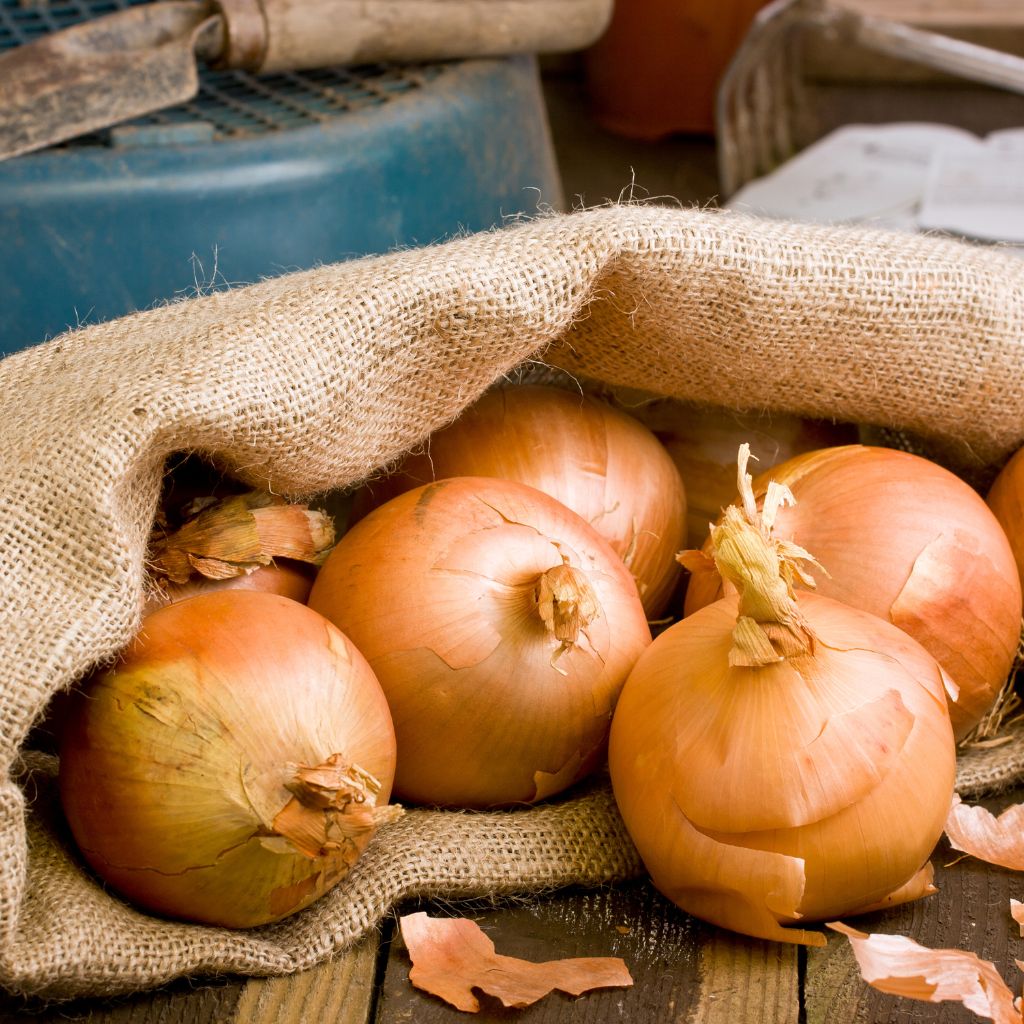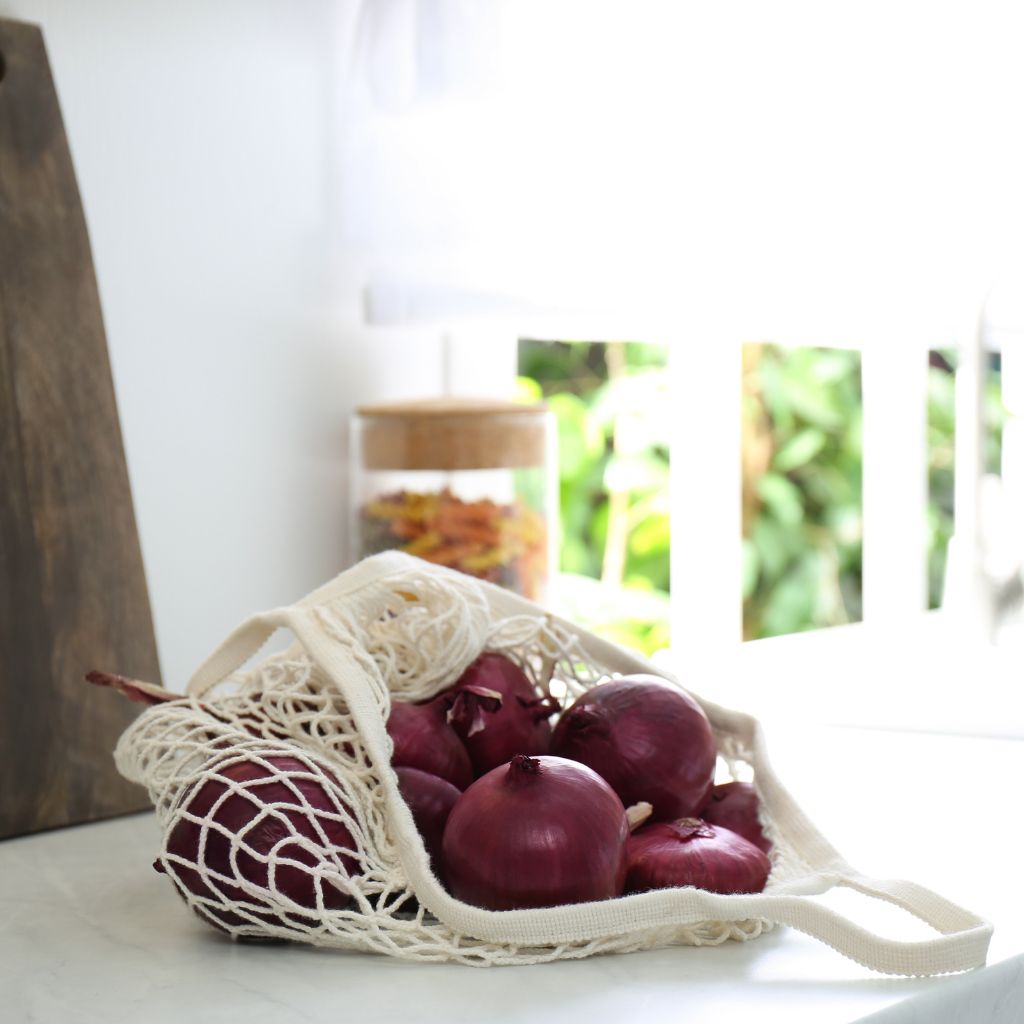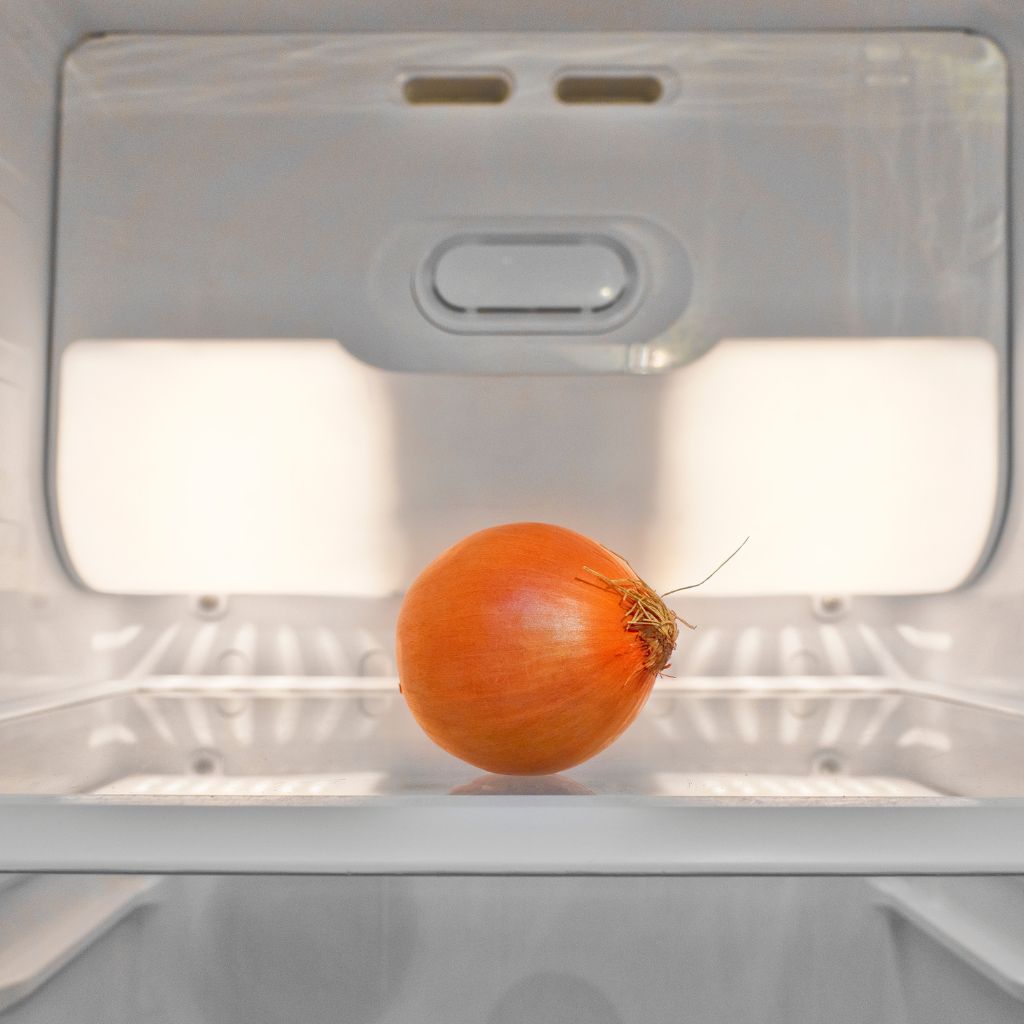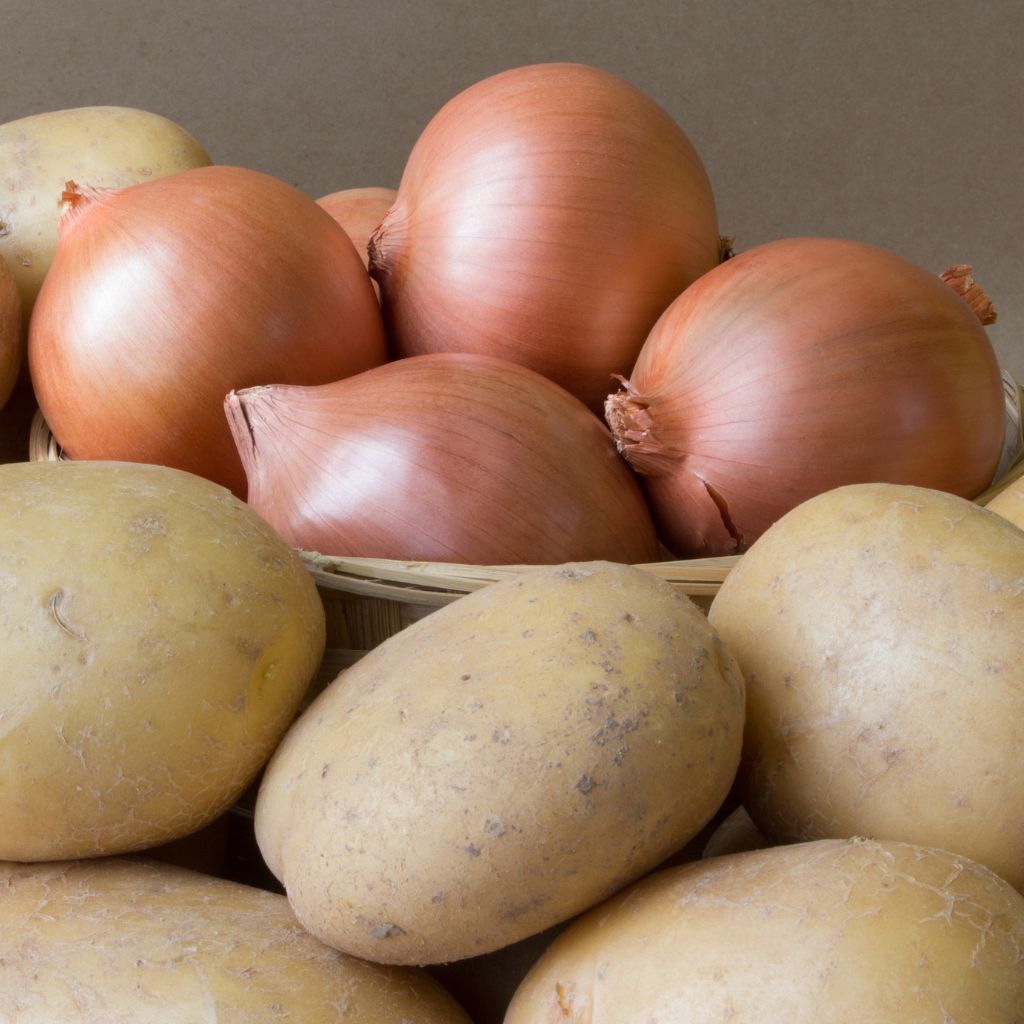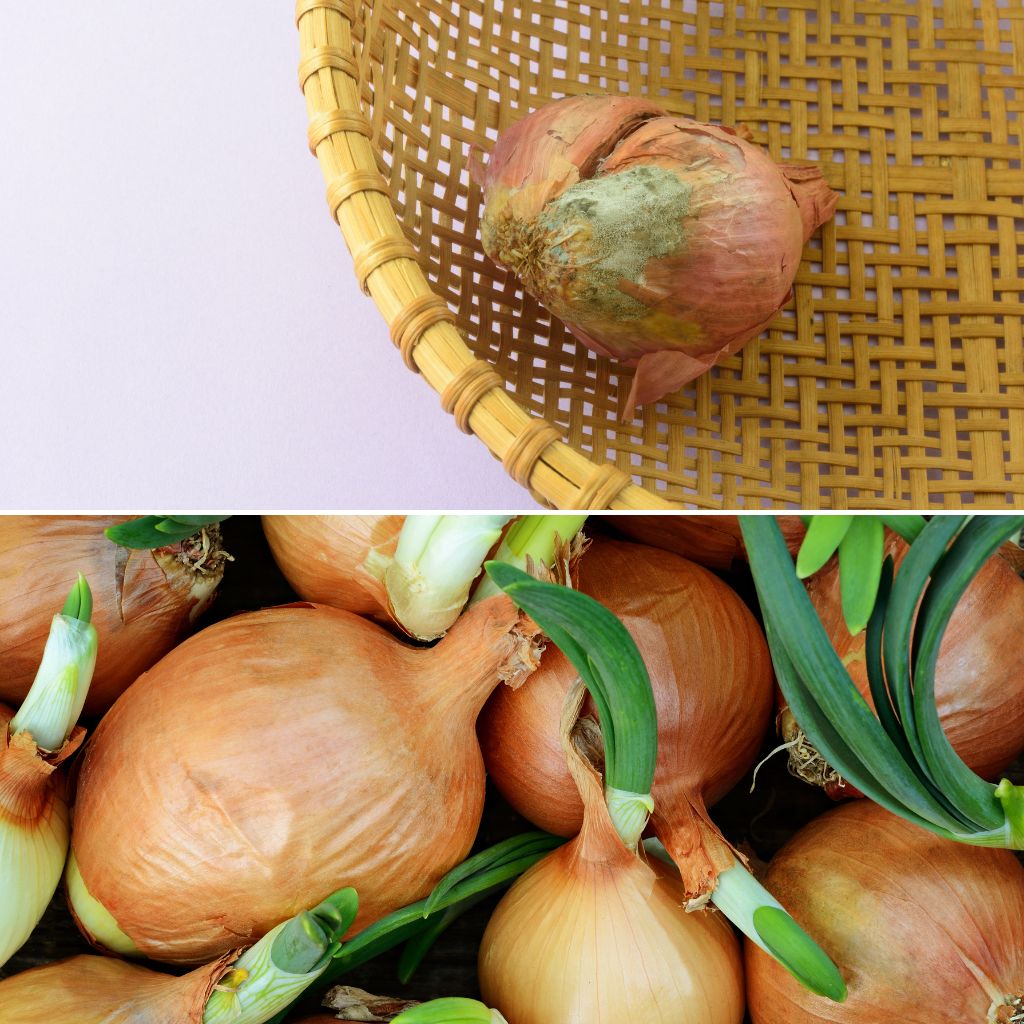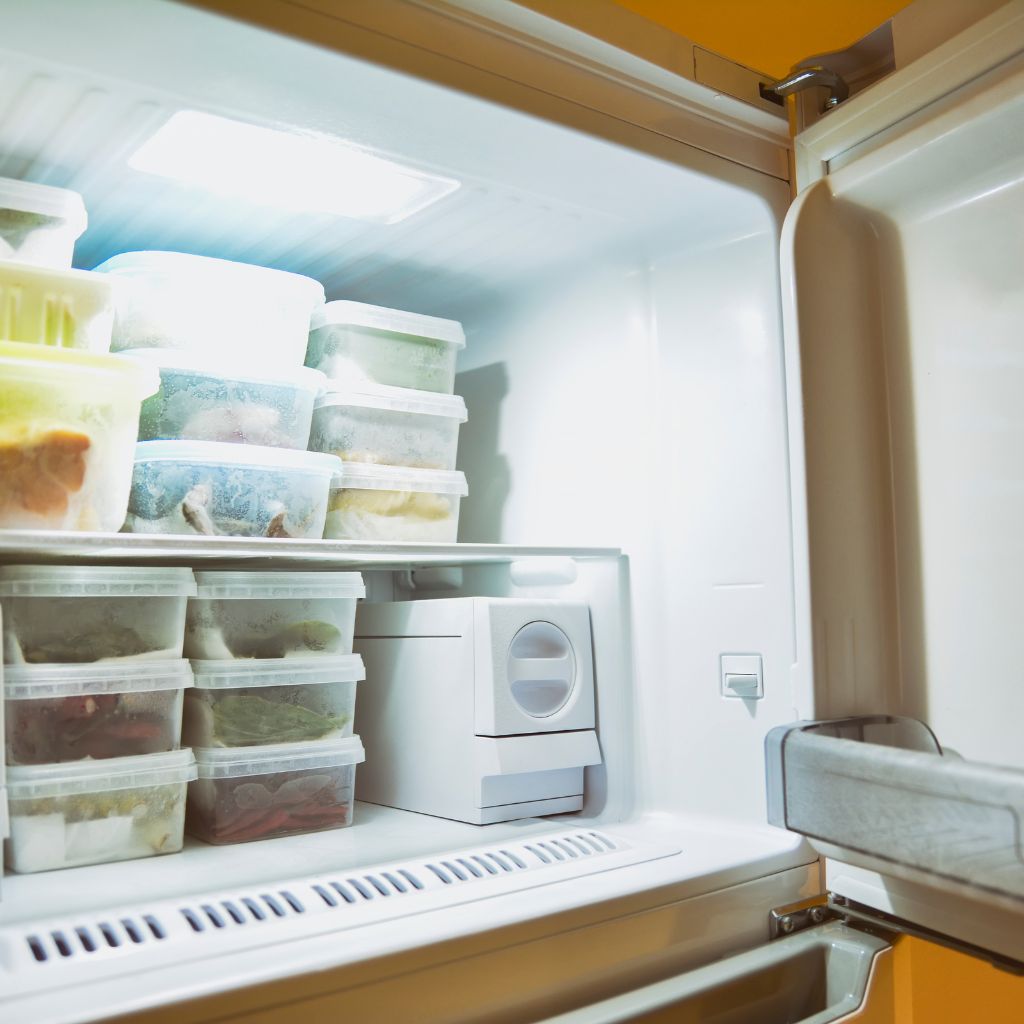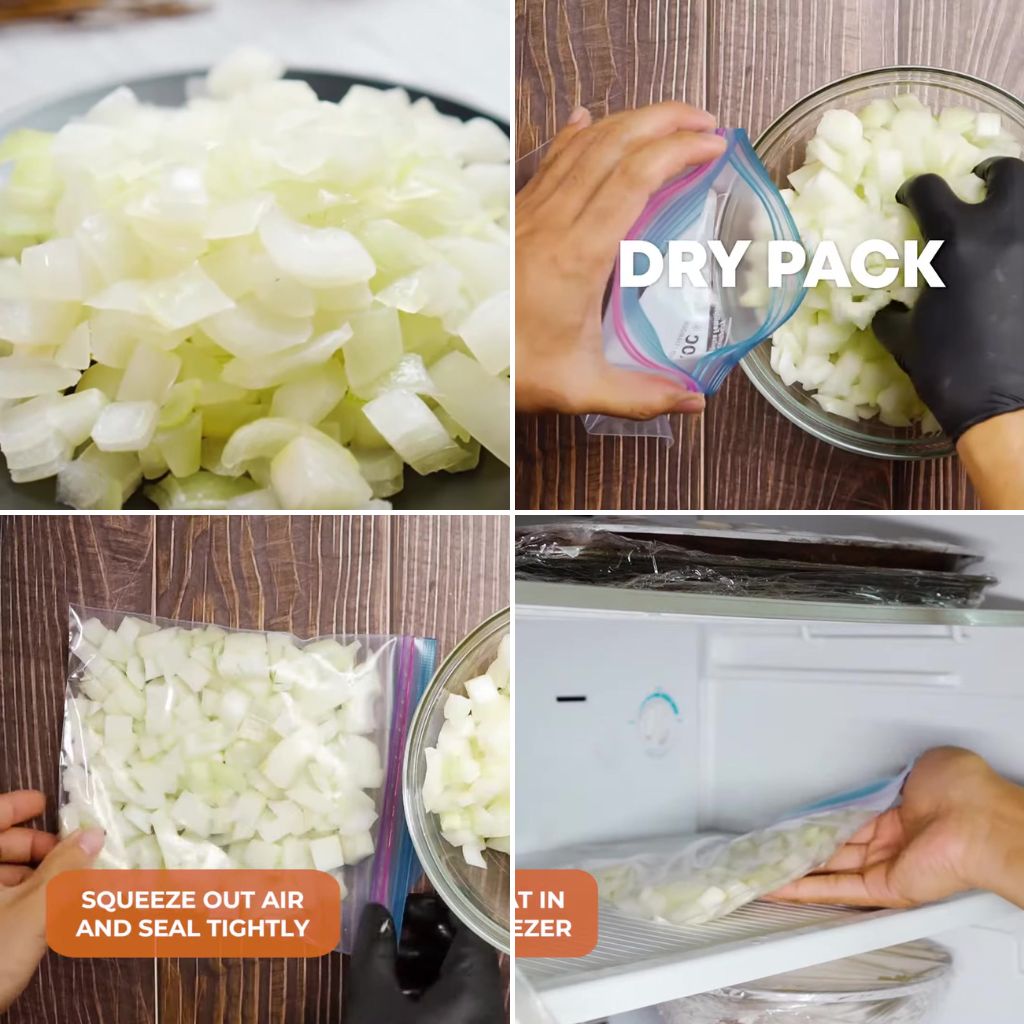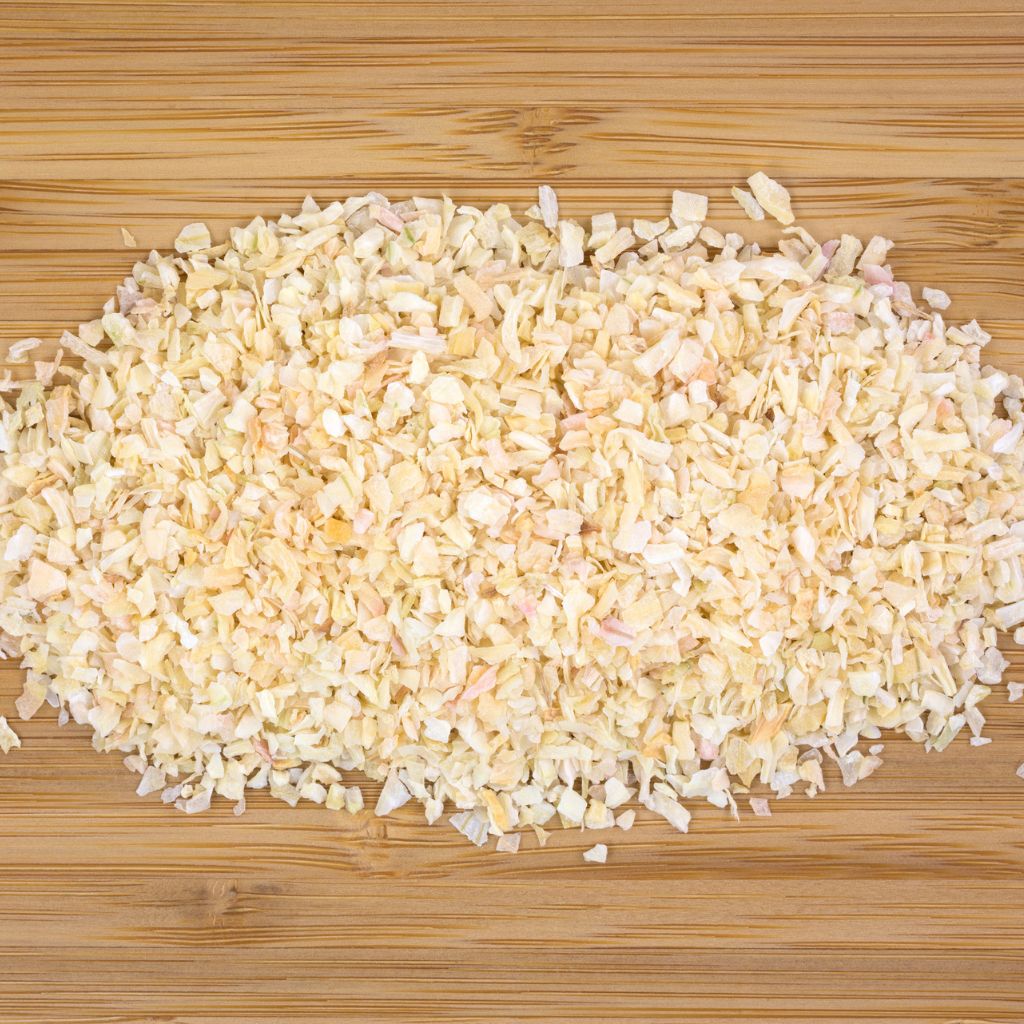When you pick up an onion, there’s this unspoken commitment: you’re not just grabbing a vegetable. You’re holding onto flavor, depth, and the power to make your meals feel like they’ve come from a five-star kitchen.
But what happens when your onions decide to give up the ghost and rot before you’ve even gotten through half of them? Well, that’s a problem.
Luckily, with the right storage techniques, you can keep those onions fresh for months. Yes, months. Here’s how.
The Onion Breakdown: Know Your Types
Not all onions are created equal, and understanding the differences can help you figure out how to store them properly. There are two main categories of onions: storage onions and sweet onions.
Storage Onions: These are the thick-skinned, long-lasting onions. Think yellow, white, and red onions. They’re hardier, making them ideal for long-term storage. You’re probably used to seeing them at the grocery store, stacked high in bins.
Sweet Onions: These are the Vidalias, Walla Wallas, and other juicy, thin-skinned varieties.
While their flavor is mild and delicious, they don’t have the same staying power as storage onions. But don’t worry, they can still be stored for a reasonable amount of time if you handle them right.
Airflow is Key: Avoid the Onion Sweats
Onions hate moisture. Like, really hate it. If you store them in a humid place, they’ll sprout or turn soft and mushy faster than you can say, “French onion soup.”
To keep them fresh, you need to prioritize airflow. That means no stuffing them in plastic bags or sealed containers. Those environments trap moisture, and trapped moisture equals disaster for onions.
So, what’s the best way to store them?
Mesh Bags or Baskets: These are your best friends. You know those mesh bags onions sometimes come in? They’re not just for show.
They allow air to circulate around the onions, keeping them dry and happy. If you’ve already taken them out of the bag, don’t worry. A wire basket or bowl that allows airflow will do the trick.
Pantyhose Hack: Okay, this might sound weird, but if you’ve got an extra pair of clean pantyhose lying around, you’ve struck gold.
Slip an onion into one leg, tie a knot above it, then slip in another onion. Repeat the process until you’ve filled the hose. Hang it up in a cool, dry place, and your onions will thank you for their new, breezy digs.
Plus, this hack can keep them fresh for up to six months.
Cool, Dark, and Dry: The Onion Trifecta
There’s no getting around it – onions thrive in cool, dark, and dry environments. If they had a dating profile, that’s what they’d list under “ideal conditions.”
You’re going to want to store them in a place that’s dry and slightly cooler than room temperature, around 45-55°F (7-13°C).
So, where can you find this onion paradise in your home?
Pantry: If your pantry is dark, cool, and has decent airflow, it’s the perfect spot for your onions. Keep them off the ground, though, as the floor tends to collect more moisture.
Basement or Cellar: If you’ve got a basement or cellar that doesn’t get too humid, onions will live their best lives down there. But be mindful of temperature fluctuations; you don’t want things to get too cold, or they might sprout prematurely.
Garage: In the cooler months, a garage can be another good option, as long as it’s not prone to dampness.
What About Refrigeration?
Here’s the deal: onions and refrigerators don’t always get along. While sweet onions benefit from cooler temps (and can be stored in the fridge for a short time), storage onions generally don’t need to be refrigerated.
The cold environment of your fridge will introduce moisture, which leads to – you guessed it – soft, sprouting onions.
When is it okay to refrigerate onions?
Sweet Onions: Due to their higher water content, sweet onions are more prone to spoiling.
Pop them in the fridge, but don’t forget to wrap them in a paper towel or place them in a breathable bag to avoid moisture buildup.
Peeled or Cut Onions: Once you’ve cut into an onion, the clock is ticking. Keep any peeled or chopped onions in an airtight container in the fridge.
They’ll stay good for about a week, and yes, it’s safe to store them like this. Just be prepared for your fridge to smell like onions every time you open it. That’s the price you pay for pre-chopping convenience.
Avoid the Potato-Onion Romance
It sounds like a strange rom-com, but trust me, onions and potatoes should never live together. Why? Because they both emit gases that make the other ripen – and rot – faster.
It’s like they’re in a toxic relationship. Keep them far apart in your pantry, and both will live much longer, happier lives.
Signs of Trouble: When Onions Go Bad
No matter how carefully you store your onions, sometimes life just happens, and one or two might turn on you. Here’s what to look for to catch a bad onion before it ruins the bunch:
Soft Spots or Mold: If an onion has soft, squishy areas or visible mold, it’s a goner. Toss it before it infects the rest.
Sprouting: Sprouting onions can still be used, but you’ll need to cut out the green shoots, which can have a bitter taste. If your onions are sprouting too often, double-check your storage conditions. They might be too warm.
Off Smell: A fresh onion should have a mild, earthy smell. If it’s starting to smell funky or sour, it’s past its prime.
Storing Onions for the Long Haul: Freezing and Dehydrating
Let’s say you’ve bought too many onions and you know they won’t last in storage. You can always turn to freezing or dehydrating as a way to extend their shelf life even further.
Freezing Onions
Freezing onions might not seem like an obvious choice, but it works surprisingly well. You just have to do a bit of prep:
Chop the Onions: Peel and chop the onions to your preferred size – whether that’s slices or diced chunks.
Blanch (Optional): Blanching your onions before freezing can help preserve their texture, but it’s not strictly necessary. If you choose to blanch them, drop the onion pieces into boiling water for 3 minutes, then transfer them to an ice bath.
Flash Freeze: Spread the chopped onions in a single layer on a baking sheet and freeze them for a few hours. This prevents them from sticking together in a big clump once you transfer them to a container.
Store in Airtight Containers or Bags: Once the onions are frozen, transfer them to an airtight container or freezer bag. Label it with the date, and they’ll keep for up to 8 months.
Just keep in mind that frozen onions lose some of their crunch, so they’re best used in cooked dishes like soups, stews, or casseroles.
Dehydrating Onions
If you’re really serious about long-term storage, dehydrating onions is another solid option.
Slice the Onions: Peel and slice your onions thinly.
Use a Dehydrator or Oven: Spread the slices in a single layer on the dehydrator trays or a baking sheet. If using a dehydrator, follow the manufacturer’s instructions, usually drying at around 135°F (57°C).
In an oven, set it to the lowest temperature possible and leave the door cracked for airflow. It can take anywhere from 6 to 12 hours, depending on the thickness of the slices and the drying method.
Store in Airtight Containers: Once your onions are fully dried and crisp, store them in airtight containers. They’ll keep for over a year and are perfect for soups, seasoning blends, or even as crunchy salad toppings.
Keeping onions fresh for months doesn’t require a ton of effort – just a little attention to the details.
Make sure your onions have the right airflow, keep them in a cool and dry spot, and resist the temptation to store them with potatoes. If you do that, you’ll be cooking with fresh, flavorful onions for a long time to come.
So the next time you find yourself eyeing that bulk bag of onions at the store, go ahead and toss them in your cart. You’ve got this storage thing down. Just make sure to keep an extra pair of pantyhose handy.

